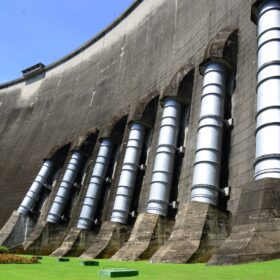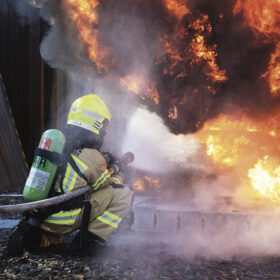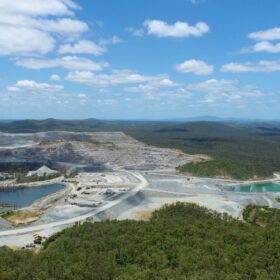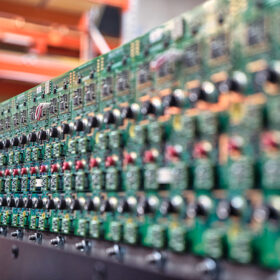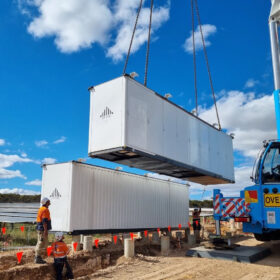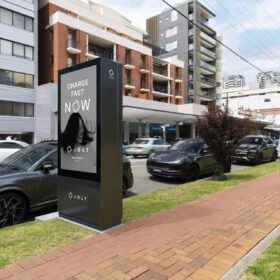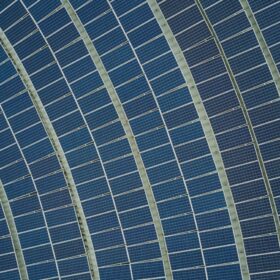Southeast Asia bets big on pumped hydro with 18 GW tipped by 2033
The increasing role of pumped hydro technology in Australia’s renewable energy transition is expected to be mirrored in the neighbouring Southeast Asia region with international consultancy Rystad Energy tipping the total capacity of operational projects will surge from the current 2.3 GW to 18 GW by 2033.
UQ research boosts performance of solid state zinc batteries
Researchers from the University of Queensland have developed a new class of solid electrolytes for rechargeable aqueous zinc-iodine batteries, which has allowed for extended lifespan and high efficiency.
BE Power adds 9.6 GWh pumped hydro project to Queensland pipeline
Queensland’s pipeline of pumped hydro storage projects continues to grow with Victorian-based renewables company BE Power announcing plans to develop an 800 MW / 9.6 GWh project at Mount Alma near Gladstone.
Long-duration storage key to firm renewables: report
The Clean Energy Council has launched a new report, The Future of Long-Duration Energy Storage, exploring emerging technologies capable of firming renewables in the wake of coal-fired power generation closures.
Weekend read: Enhancing safety in lithium-ion batteries
Lithium-ion batteries are generally safe and unlikely to fail but they can catch fire if they are damaged or stored or operated incorrectly. There is a tremendous amount of research and engineering effort going into making batteries safer but are technological advancements being rolled out quickly enough?
Evolution pushes ahead with 20 GWh pump hydro project
Australian miner Evolution Mining is moving on a $7 billion plan to build a 2 GW / 20 GWh pumped hydro electricity generation facility in the pit of a 20-year-old gold mine in southeast Queensland.
Relectrify seeks to scale up after attracting international investors
Australian battery technology startup Relectrify plans to scale up the adoption of its cell-level battery control technology by international manufacturers of grid-scale and commercial and industrial battery energy storage systems after closing a multi-million dollar round of funding.
SEI teams with ACEnergy to deliver 270 MWh of distributed battery projects
Australian energy infrastructure asset owner and manager Sustainable Energy Infrastructure is set to broaden its development strategy, teaming with renewables developer ACEnergy to roll out an initial tranche of seven battery energy storage systems with a combined capacity of approximately 35 MW/ 70 MWh.
NSW plans 390 new charging sites to accelerate EV uptake
Jolt Charge will install 65 free electric vehicle charging sites across Sydney in the coming 12 months after the New South Wales government committed $4.1 million to support the largest rollout of public kerbside electric vehicle chargers in the country.
Renewables must triple by 2030 to hit net-zero by 2050, says BloombergNEF
BloombergNEF says in a new report that solar and wind must drive most emissions cuts before 2030 to stay on track for net zero by 2050. Its net zero scenario targets a combined solar and wind capacity of 31 TW by 2050.
